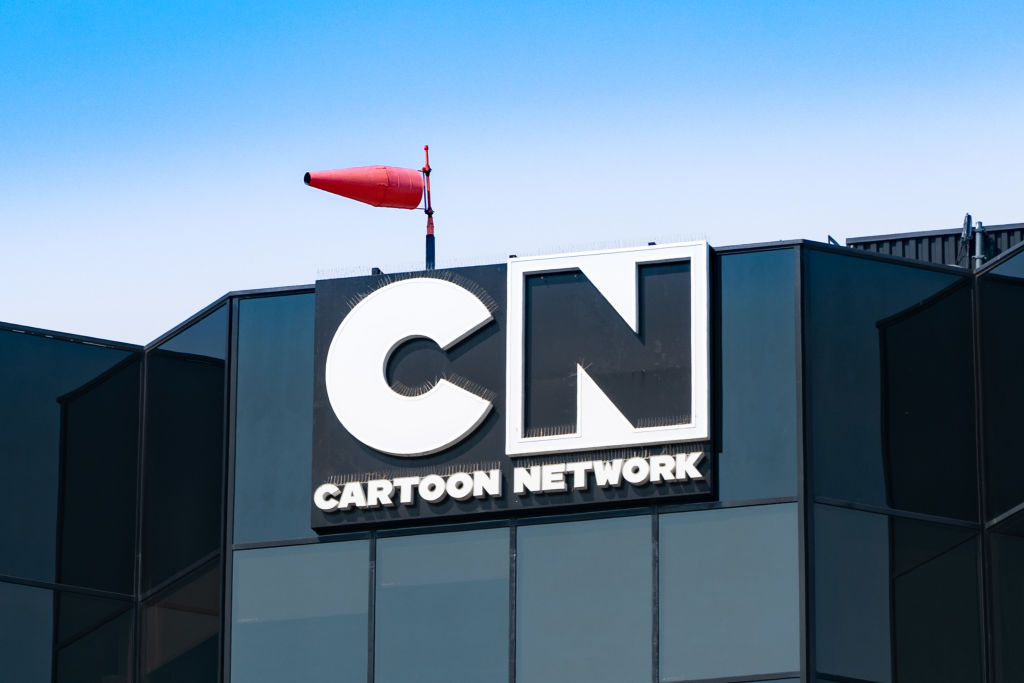Rep. Ken Buck (R-CO), a member of the pro-Trump House Freedom Caucus, said during an interview on Tuesday that he will not support former President Donald Trump’s campaign if a court convicts him of the charges contained in the federal indictment against him.
Buck’s comments come as Trump appeared before federal Magistrate Judge Jonathan Goodman in the Southern District of Florida on Tuesday where he pleaded not guilty to 37 felony counts for his alleged retention of national defense information, his alleged attempts to obstruct the investigation, and for allegedly lying to investigators.
Buck, who is a former federal prosecutor, said that the allegations in the indictment were “very serious” and that the prosecutors in the case went into great detail to explain to the American public why they believe that the indictment was necessary.
Buck said that he was concerned about equal treatment under the law in the case because Democrats like Hillary Clinton engaged in similar conduct as the former president, but did not face an indictment.
When asked during a CNN interview if he would feel comfortable with Trump as president again given the allegations contained in the indictment, Buck said, “I would not feel comfortable with a convicted felon in the White House, so we’ll see how the case plays out and we’ll see how the evidence is presented and what the defenses are.”
“But let’s just look at Donald Trump’s words in 2016,” he continued. “He said that Hillary Clinton was unfit for the White House because of the way she handled classified information. He said that she wasn’t even qualified to have a low-level State Department job because of the way she handled information. So I think his words have set the standard that America will look at in determining whether he is fit for president.”
Buck noted that Trump was “innocent until proven guilty” and that “after the trial, if he’s convicted of these charges, of mishandling this information, of knowingly concealing his actions, I certainly won’t support a convicted felon for the White House.”
Buck said that Trump could be facing a third criminal indictment in the near future and that the indictments will have a significant impact on the voters in the middle who determine the outcome of elections.
CLICK HERE TO GET THE DAILY WIRE APP



